McLaren's 'Mini-DRS' sparks FIA review
The FIA is reviewing data from the Azerbaijan GP to determine if action is needed on flexible rear wing designs, sparked by McLaren's 'mini-DRS' controversy. The outcome could reshape F1's technical landscape.
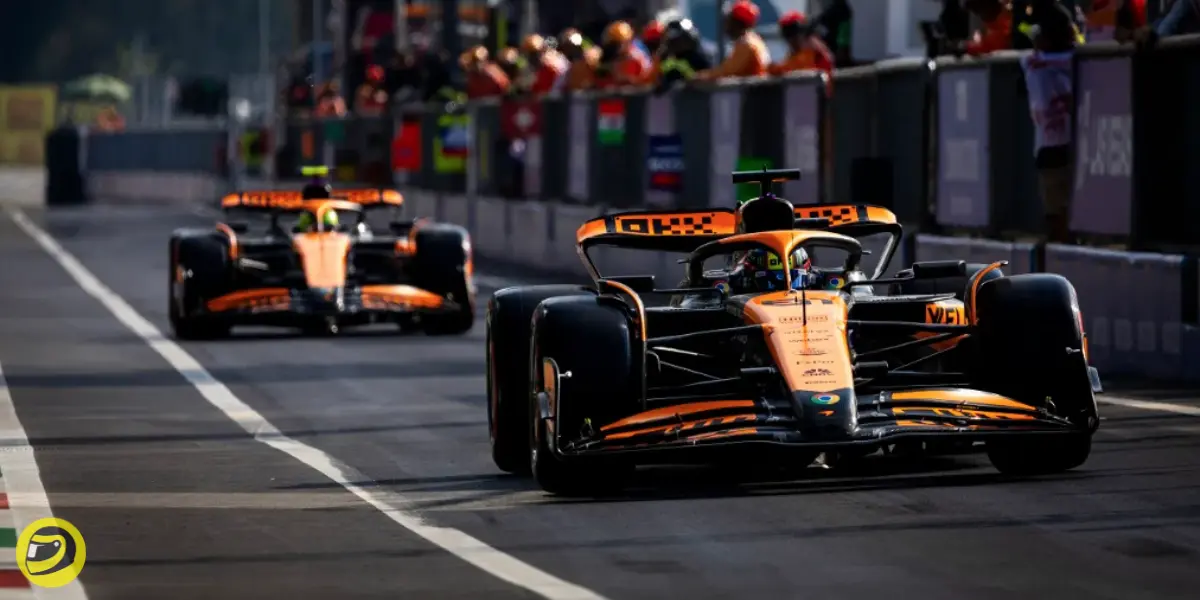
The FIA has announced it is reviewing data from the Azerbaijan Grand Prix to determine if action is needed regarding flexible rear wing designs in Formula 1.
This scrutiny comes in the wake of controversy surrounding McLaren's innovative 'mini-DRS' rear wing concept.
Footage from the Azerbaijan Grand Prix revealed intriguing behaviour of McLaren's rear wing.
The top element was observed rotating backwards at high speeds on straights, apparently designed to increase the slot gap.
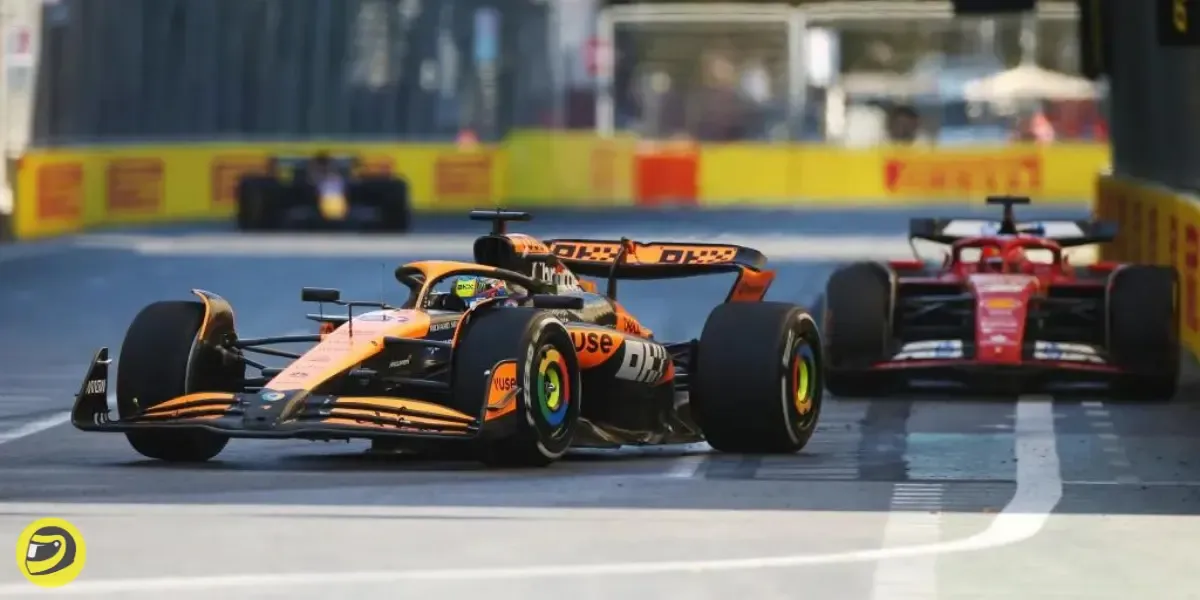
This clever mechanism, quickly dubbed 'mini-DRS', effectively reduces drag and boosts top speed.
Rival teams' attention
The design immediately caught the attention of rival teams, prompting calls for clarification on the permissible flexibility of rear wings.
As the Singapore Grand Prix approaches, motor racing's governing body has stepped in to address the situation.
FIA's stance on flexibility
In a statement, the FIA emphasized its ongoing monitoring of bodywork flexibility across all cars.
"The FIA is closely monitoring the flexibility of bodywork on all cars and reserves the right to request teams to make modifications at any point during the season,"
the statement read.
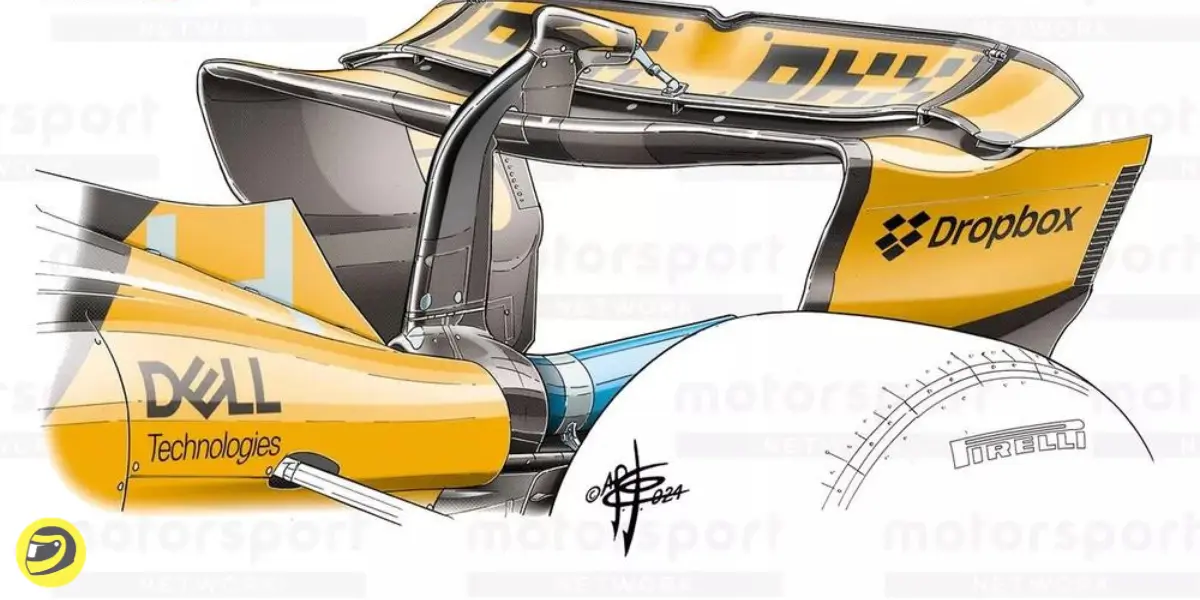
The FIA clarified that teams passing all deflection tests and adhering to regulations are considered compliant. However, they added,
"The FIA is currently reviewing data and any additional evidence that has emerged from the Baku GP and is considering any mitigating measures for future implementation."
Regulatory grey areas
While McLaren's rear wing passed mandatory pit lane deflection tests, debate centers on whether deliberately designing a wing to flex in this manner contravenes FIA guidance on acceptable flexing.
A current technical directive (TD34) states that designs whose structural characteristics are altered by secondary parameters, producing different deflection characteristics during track running compared to static FIA checks, are not considered legal.
One team boss, speaking anonymously, highlighted the complexity of the issue:
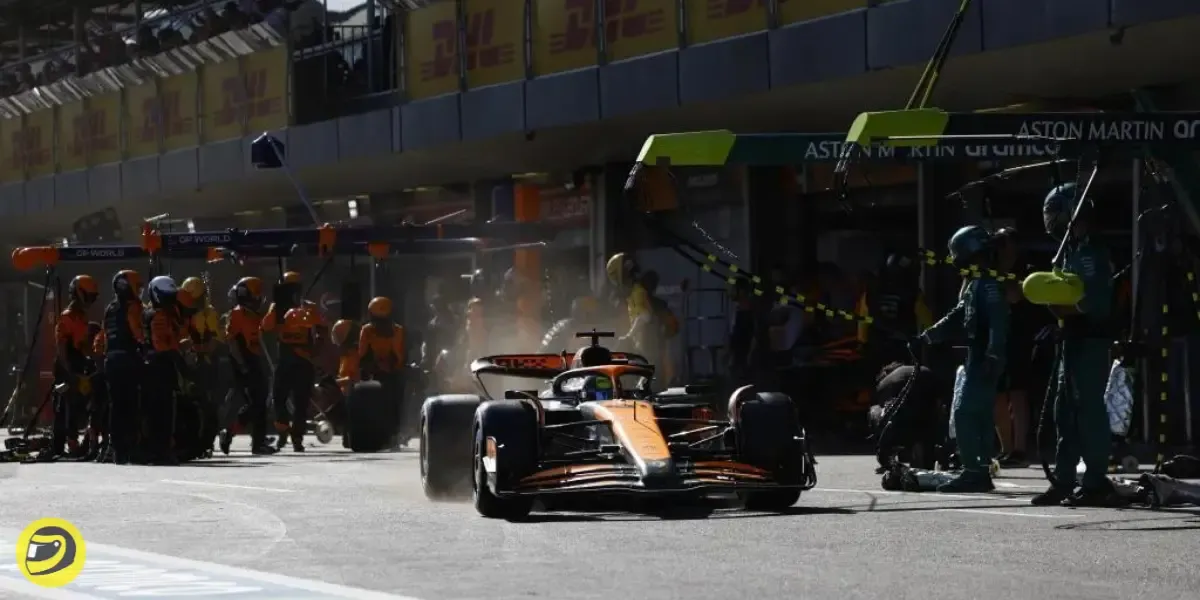
"Aero elasticity has been a factor for many, many years now, and even if a wing passes the FIA test the regulations remain very clear - the component cannot be designed to flex."
Wider implications
The controversy extends beyond McLaren, with other teams' rear wing designs also coming under scrutiny for potential flexing or slot gap opening on straights.
The situation has reignited debates about the boundaries of technical innovation in Formula 1.


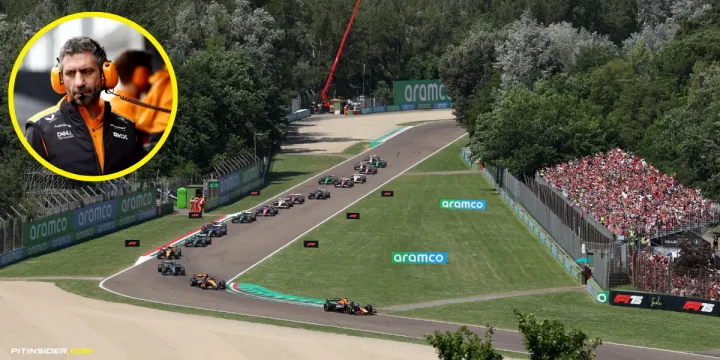
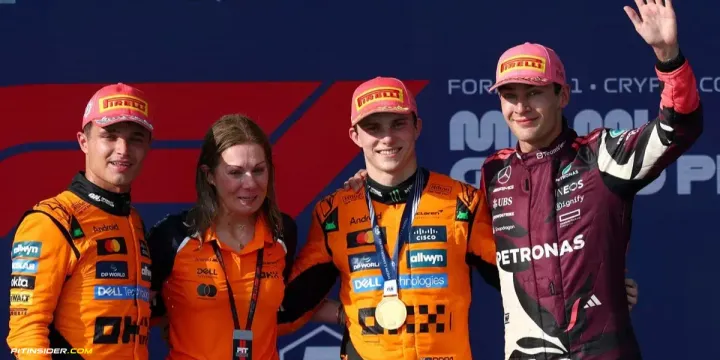
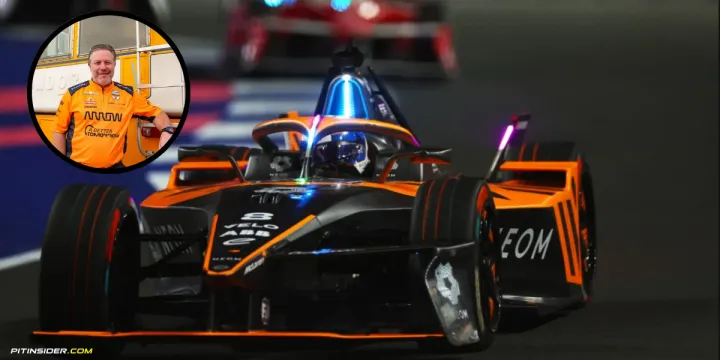
Comments ()